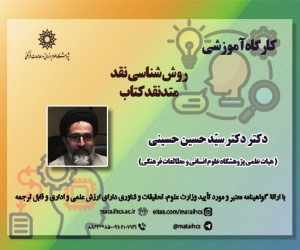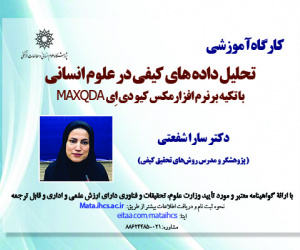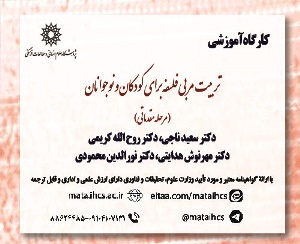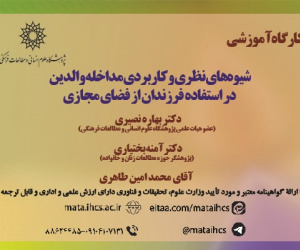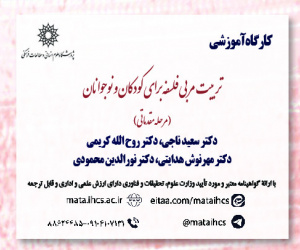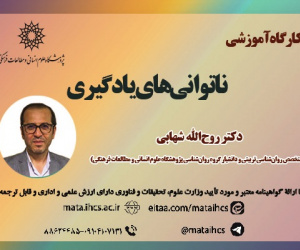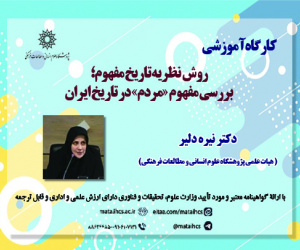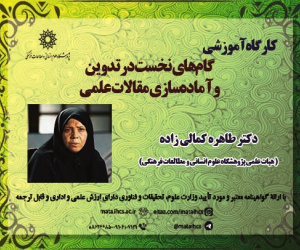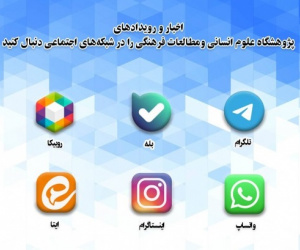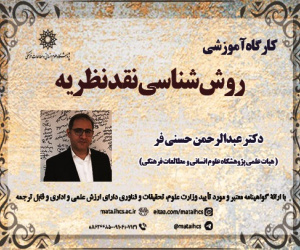تحلیل ساختاری پیشران ها و عدم قطعیت های راهبردی آینده سازمان صدا و سیمای جمهوری اسلامی ایران در افق 1410 (مقاله علمی وزارت علوم)
درجه علمی: نشریه علمی (وزارت علوم)
آرشیو
چکیده
تحولات سریع فناوری های رسانه ای و همچنین ذائقه مخاطبان، بر پیچیدگی و عدم قطعیت های پیش روی سازمان صداوسیمای ایران افزوده است. فرضیات این سازمان از منظر بازار و مخاطب با چالش های گوناگونی مواجه شده است. هدف از این پژوهش، شناسایی و تحلیل محیط پویای رسانه ای و عوامل مؤثر بر آینده سازمان صداوسیماست. ازاین رو، مقاله حاضر بر تحلیل ساختاری عوامل و شناسایی عدم قطعیت های آینده برای این سازمان متمرکز است. این پژوهش از نوع کیفی است و داده های آن از طریق مطالعات کتابخانه ای و مصاحبه با خبرگان گردآوری شده ا ند. جامعه آماری نیز شامل استادان برجسته در حوزه های ارتباطات و رسانه، آینده پژوهی، کارشناسان خبره و مدیران سازمان صداوسیماست. 19 عامل کلیدی مؤثر بر آینده سازمان صداوسیما، با تأکید برسند تحول رسانه ملی، احصا شده ا ند و با استفاده از ماتریس آثار متقابل و نرم افزار میک مک، به روش تحلیل ساختاری مورد بررسی قرار گرفته اند. در پنل های خبرگی، پنج نیروی پیشران به عنوان مهم ترین عوامل مؤثر بر آینده سازمان معرفی شده ا ند. پنج نیروی پیشران پژوهش عبارت اند از رقابت های فزاینده رسانه ای و برندهای رقیب، گفتمان سیاسی حاکم، فناوری های جدید تولید و عرضه محتوا، انتظارات و فشارهای اجتماعی و سیاست های مرتبط با فضای مجازی.Structural analysis of drivers and future uncertainties of the Islamic Republic of Iran Broadcasting Organization
Rapid developments in media technologies and audience tastes have added to the complexities and uncertainties facing the Iranian Broadcasting Organization. The organization’s assumptions have faced various challenges from the market and audience perspectives. The aim of this research is to identify and analyze the dynamic media environment and the factors affecting the future of the Iranian Broadcasting Organization. Therefore, this article focuses on the structural analysis of factors and identifying future uncertainties for this organization. This research is qualitative and the data were collected through library studies and interviews with experts. The statistical population includes prominent professors in the fields of communications and media, future studies, expert experts, and managers of the Iranian Broadcasting Organization. 19 key factors affecting the future of the Iranian Broadcasting Organization were identified, with an emphasis on the National Media Development Document. These factors were examined using the interaction matrix and the MiqMaq software using the structural analysis method. In the expert panels, five driving forces were introduced as the most important factors affecting the future of the organization. The five driving forces of the research are increasing media competition and competing brands, dominant political discourse, new technologies for content production and delivery, social expectations and pressures, and policies related to cyberspace.
